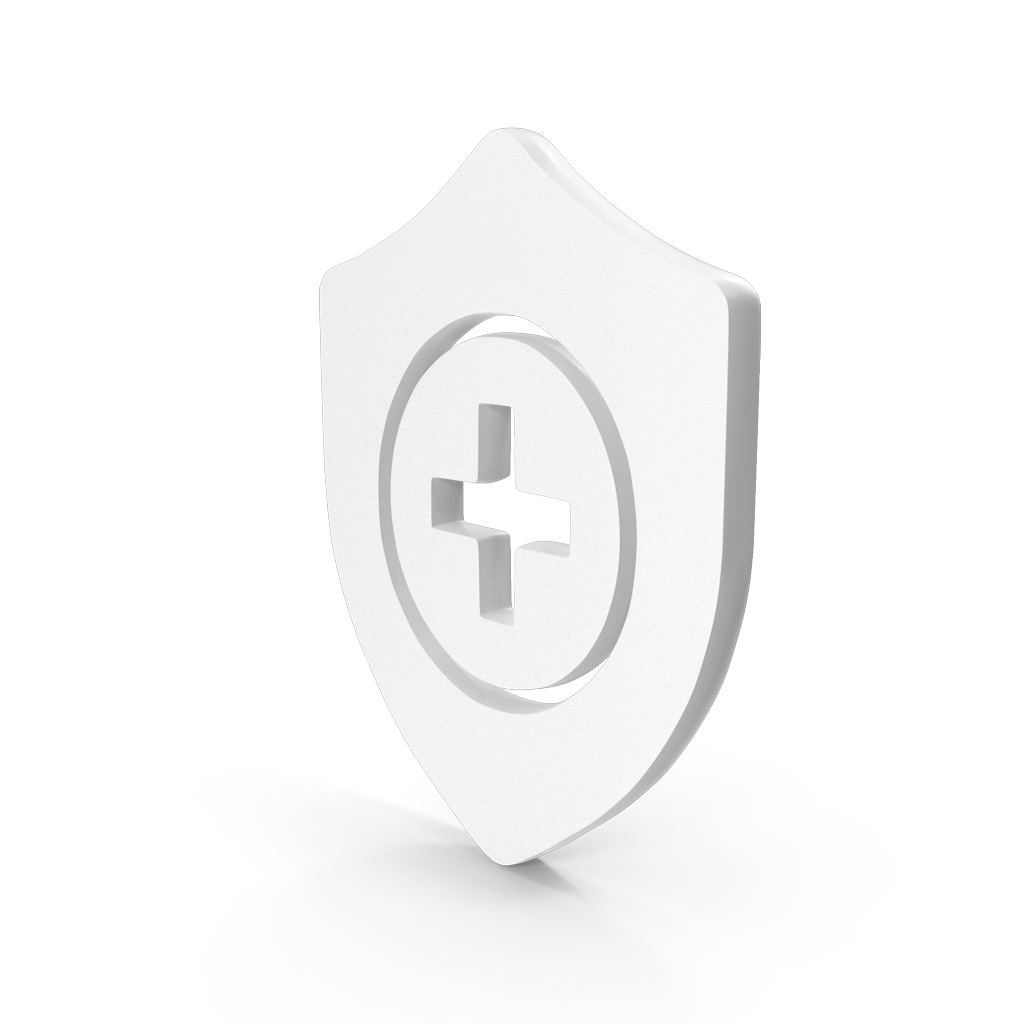In the ever-evolving landscape of healthcare, the demand for precision medicine (aka longevity care) rooted in primary care is palpable. However, the supply often falls short, hindered by various challenges including a shortage of primary care physicians—particularly those impassioned by preventive medicine.
1. Meeting the Demand
Primary care today is synonymous with managing chronic diseases—a vital but sometimes overwhelming aspect of healthcare. Yet, the essence of primary care extends far beyond reactive measures. It encompasses a proactive approach to health, emphasizing prevention and holistic well-being. The challenge lies in bridging the gap between the demand for preventive care and its limited supply.
2. Rethinking Medical Education
Traditional medical education predominantly emphasizes “sick care”—the management of existing ailments. As a result, primary care physicians often find themselves navigating uncharted territories when it comes to preventive health and lifestyle medicine. While the fundamentals of diagnosis and treatment are paramount, the art of prevention is equally crucial.
Addressing this gap requires a paradigm shift in medical education—a recalibration that acknowledges the pivotal role of prevention in healthcare. By integrating comprehensive training in preventive medicine, medical schools can empower future physicians to embrace a holistic approach to patient care.
3. Embracing Lifelong Learning
In the pursuit of professional growth and personal fulfillment, doctors must be agile learners—ever receptive to new insights and evolving practices. Yet, the journey toward mastery is not solitary. It thrives within communities of like-minded individuals—whether fellow physicians, healthcare professionals, or advocates of preventive medicine.
Finding a tribe of allies who share a passion for continuous learning can be transformative. Engaging in respected continuing medical education courses not only fosters new connections but also nurtures a culture of collaboration and innovation. These forums serve as catalysts for exploration, enabling physicians to expand their horizons and refine their craft.
Conclusion: Charting a New Course
As mainstream doctors venture upstream toward prevention, they embark on a journey of discovery—one that transcends the confines of conventional medicine. Armed with a commitment to lifelong learning and fueled by a collective vision for preventive care, they navigate the currents of change with resilience and resolve.
In the pursuit of a healthier tomorrow, let us heed the lessons learned and embrace the transformative power of prevention. Together, we embark on a voyage toward a future where health is not merely the absence of disease but the embodiment of vitality and well-being.


